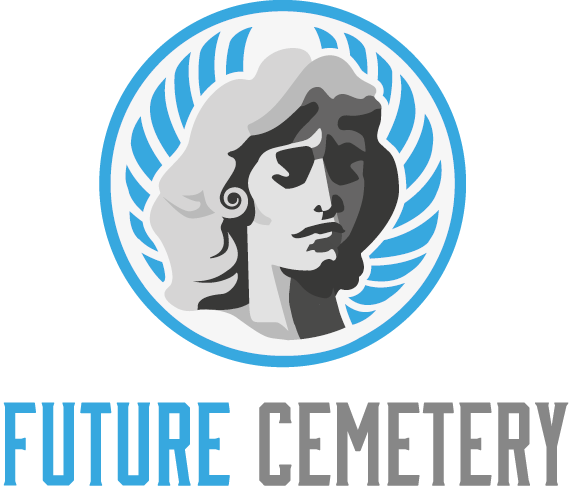People don’t get yelled at these days for using the words graveyard and cemetery interchangeably. However, they weren’t always considered the same.
Graveyard is a specific place for burials within the grounds of a church, while cemetery is a more modern term for separate burial ground sites that aren’t affiliated with any particular religious organization.
Definition
Traditionally, churches were solely responsible for the burials of their congregants and had graveyards on church property. These often had stipulations that only members of that church were to be buried in their graveyard and that their tombstones must conform to a particular style.
As churches grew and their churchyards filled up, it was necessary to establish non-church-associated cemeteries on new ground. These are more organized and have niches that can be purchased for individuals to be buried in.
Mourners that could afford it had a headstone engraved with the person’s name, date of death and other biographical data placed on their place of burial. Richer families competed to create more artistic and recognizable headstones with carvings or statues. This was usually done by a professional stonemason and often included symbols or icons related to the faith of that person’s religion or their social status. In many cultures people were also buried in individual crypts at the relevant place of worship, although this practice is less common now as churches have become more sparsely used and are often too small to allow for more burials.
Location
As population growth increased in the 19th century, church graveyards began to fill up. As a result, independent sites called cemeteries became more popular as designated final resting places. These locations are usually not affiliated with a specific church, and they are generally located away from town centers to allow for more space.
While some people use the terms “graveyard” and “cemetery” interchangeably, if you want to be linguistically correct, it is best to keep in mind that graveyard refers to the area on church grounds, while cemetery indicates more of a standalone burial ground. Some church-related graveyards, such as Arlington National Cemetery in the United States, are referred to as national cemeteries because they are open to veterans of all wars.
Graveyards in some countries are used for superstitious and legend-like events, such as devil worshipping, grave-robbing (often for gold teeth or jewelry), thrilling sex encounters, and drugs and alcohol abuse not related to the cemetery aura. In many cases, such activities are illegal and punishable by law.
Types
The single word “cemetery” is the main clue that this isn’t just a vacant plot next to a church. It’s been designated specifically for burials, so it likely has a lot of rules regarding what you can and cannot do there.
In the early 19th century, rapid population growth meant that church graveyards began to fill up. In response, independent sites called “cemeteries” became popular. These are typically not affiliated with a particular church and they’re often located away from a town center to allow for more space.
Another type of cemetery is a green burial ground, which focuses on ecologically responsible practices. You can also find natural cemeteries that are designed to return to nature as quickly as possible. Natural cemeteries usually don’t have conventional headstones but instead mark the location of a grave with a tree, bush or rock. Some are even designed to serve as wildlife habitats.
Etymology
While the terms graveyard and cemetery are often used interchangeably, they weren’t always so. Graveyard comes from the Old English word g
As the population in Europe grew, churchyards began to fill up and new burial grounds were needed. As a result, garden cemeteries were developed. They are more organized and larger than a graveyard, and can accommodate people of all faiths.
Another example of a graveyard is the comment graveyard, a collection of deleted comments on Reddit. Because of the subreddit’s strict rules against joke threads, many strings of these comments are sent to the graveyard after being flagged for review. The moderators of the graveyard use these comments to train the review bots to better identify low quality comments. This has helped improve the overall quality of discussion on the graveyard.
